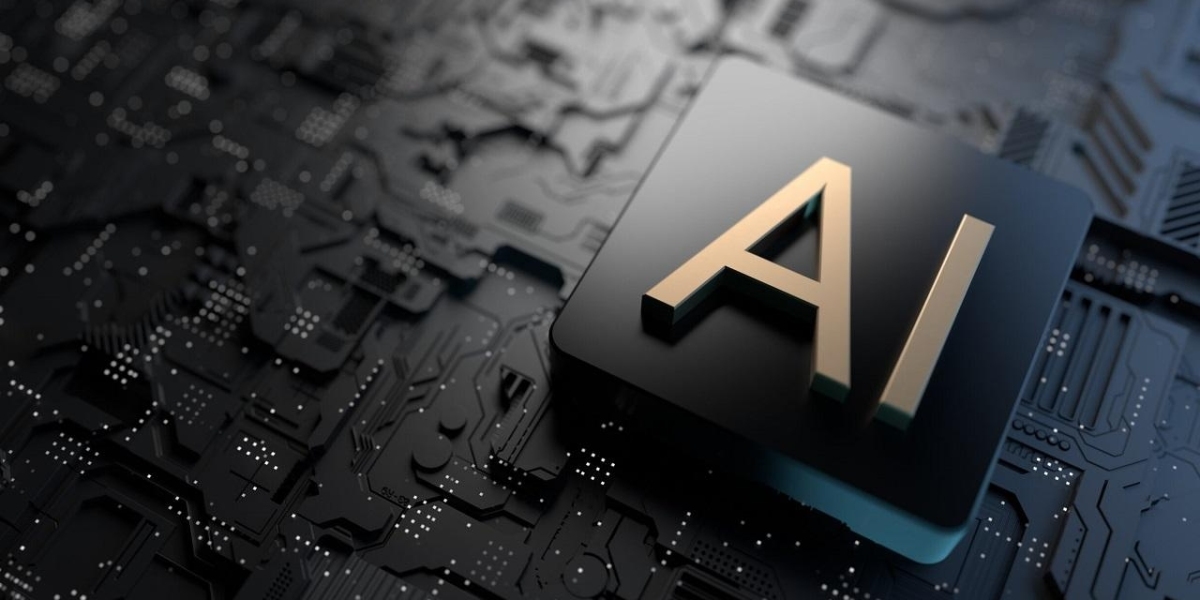Artificial intelligence (AI) continues to shape the world around us, transforming industries and enhancing our daily lives through automation, prediction, and problem-solving. But as AI grows more advanced, so does our need to monitor and understand how it operates. This is where a fascinating tool comes into play—the detector de IA. What exactly is it? How does it work? And why is it a crucial step in managing AI’s rapid evolution?
What is a Detector de IA?
A "detector de IA" essentially refers to a system or tool designed to identify, analyze, and often classify artificial intelligence systems or content generated by AI. These detectors can serve a range of purposes. For instance, they may determine whether a piece of content was written by an AI algorithm or if a decision-making process was influenced by machine learning models. From spotting fake AI-generated news articles to uncovering plagiarism in written content, the capabilities of these tools are steadily expanding.
But the purpose of a detector de IA extends beyond merely identifying AI-generated outputs. It plays a pivotal role in transparency and trust. With AI becoming increasingly intertwined with human decision-making, these detectors act like watchdogs, ensuring that the use of artificial intelligence is appropriately documented and ethically implemented.
Key Applications of Detector de IA
The growing sophistication of artificial intelligence calls for innovative solutions to both regulate and enhance its use. Here are some major applications of a detector de IA:
1. Digital Content Verification
From text-based articles to images and videos, an increasing amount of online content is created using AI. Tools like a detector de IA can verify whether an essay, blog post, or even a news story was written by a human or a machine. This can help educators check for originality in student work or journalists validate the authenticity of information.
2. Spotting AI-Generated Deepfakes
Deepfake videos, created using AI that mimics real people’s appearances and voices, are becoming more realistic and harder to detect. A detector de IA can help identify these manipulated videos and mitigate their misuse in spreading misinformation or causing harm.
3. Enhancing AI Safety in Business
Businesses using AI tools for decision-making can employ detectors to trace how an algorithm reached a decision. For industries like healthcare or finance, where accurate operations are vital, detectors ensure decisions made by AI are ethical, reliable, and comply with standards.
4. Preventing Fraud in E-commerce
With the rise of AI-based reviews and chatbots imitating human interactions, e-commerce platforms are at risk of fraudulent activity. A detector de IA can help companies distinguish between genuine customer reviews and AI-generated ones, providing better user experiences.
Benefits of Using a Detector de IA
The adoption of detector de IA tools provides several advantages for businesses, individuals, and society as a whole.
Promoting Accountability: By identifying where and how AI is being used, these tools foster responsibility among developers and users. This is particularly important in sectors like legal or medical fields, where accountability is a moral and regulatory necessity.
Boosting Transparency: People are more likely to trust technology when they understand how decisions are made. A detector de IA illuminates the role of artificial intelligence in decision processes, reducing the "black box" nature of machine learning systems.
Safeguarding Creativity: Original creators, especially writers, artists, and musicians, benefit greatly from detectors that help distinguish between human and AI-generated content. It ensures their work isn’t overshadowed by automated imitations.
Protecting Personal and Public Spaces: From tackling AI-powered spam to keeping conversations civil in online communities, detectors can act as gatekeepers in maintaining safety and integrity in digital interactions.
Challenges Facing Detector de IA Development
Although a detector de IA is a powerful tool, its development and effectiveness are not without challenges. Understanding these obstacles is crucial to improving and expanding their future applications.
1. Staying Ahead of Advancing AI
AI itself is constantly evolving. Newer, more sophisticated systems are being built to mimic human creativity and decision-making, making them harder to detect. Keeping up requires detector de IA tools to be equally dynamic and adaptable.
2. Balancing Ethics
The line between monitoring AI and encroaching on privacy can sometimes blur. Developers must ensure these detectors are used responsibly, respecting user rights and avoiding misuse to spy on benign activities.
3. Accuracy and Bias
For a detector de IA to be effective, it must be both accurate and free of biases. If it incorrectly identifies genuine human content as AI-generated (or vice versa), it could lead to problems in education, law enforcement, or other sensitive areas.
The Road Ahead for Detector de IA
The rapid development of artificial intelligence is exciting, but it also comes with great responsibility. A Detecteur ia is not just a tool for identifying or exposing misuse; it’s an essential part of creating a balanced relationship between humans and technology. By integrating these tools into various industries and making improvements along the way, humanity can ensure that AI works for the common good.
From combating the spread of misleading information to safeguarding creative endeavors, a detector de IA acts as a digital compass navigating the unpredictable waters of artificial intelligence. It is not just a product of necessity but also a







